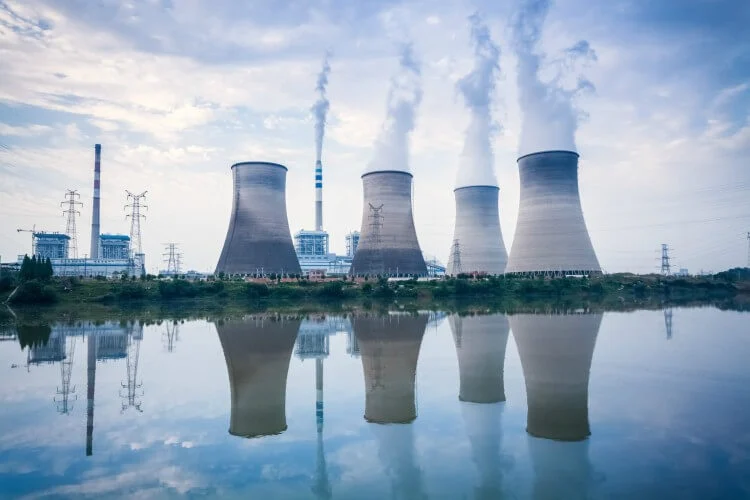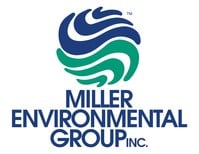Power Plants: Reduce Volume of Cooling Tower Blowdown
EvaporationWorks systems reduce high-TDS wastewater where it’s generated, which helps meet discharge limits without trucking or injection.

Stricter Discharge Limits Are Outpacing Legacy Solutions
Power plants generate large volumes of wastewater from cooling and boiler systems, flue gas treatment, ash handling, and water purification processes. With rising TDS levels and evolving regulations, maintaining compliance has become more complex and costly.
EvaporationWorks’ patented solution provides scalable, weather-responsive systems built for high-volume, high-solids wastewater. By reducing volume onsite, they support compliance and cut reliance on hauling—without increasing operational complexity.
Why Power Plant Operators Choose EvaporationWorks
- Reduces Operational Costs: Evaporators reduce liquid volume, which lowers treatment requirements and minimizes or eliminates hauling expenses.
- High Flow Rate: 12-20 gallons per minute per atomizer, depending on conditions.
- Flexible Deployment: Modular systems scale to meet actual flow rates, avoiding oversized infrastructure and unnecessary cost.
Key Advantages of Our Solutions

Permittable Zero-Discharge Option
Supports ELG compliance without additional trucking or deep well injection.

Adaptive, Automated Operation
Weather-responsive controls optimize evaporation 24/7 without manual adjustments required saving on labor costs.

Treats High-TDS Blowdown
Reduces the volume of hard-to-manage water streams, like cooling tower blowdown, without costly pre-treatment or chemical systems.
Common Questions

The EPA’s effluent discharge rules for power plants, especially coal-fired ones, set strict limits on pollutants in wastewater and increasingly require zero discharge for certain waste streams. These standards, updated in 2024, aim to reduce over 660 million pounds of pollutants annually and are enforced through NPDES permits.
Zero Discharge Wastewater Evaporation Technology is a method used in industrial and environmental management to treat wastewater in a way that produces no liquid waste. This technology primarily relies on evaporation to remove water from wastewater, leaving behind only solid residues that can be further treated, reused, or safely disposed of.
Accelerated evaporation separates water from the contaminants in power plant wastewater. As the water evaporates, it leaves behind a concentrated TDS that contains harmful substances like mercury, arsenic, and selenium—pollutants that are strictly regulated. This process allows plants to eliminate the discharge of contaminated water, helping protect rivers, lakes, and other surface waters from pollution.
EvaporationWorks conducts detailed weather and site analyses before installation. Based on this data, we configure systems for optimal performance. Systems are tailored to the specific needs of each site, ensuring reliable operation even in challenging humid conditions.
What Our Clients Say
Compare EvaporationWorks
| Feature | EvaporationWorks | Conventional Evaporators |
|---|---|---|
| Designed for Power Plant Wastewater | Purpose-built for blowdown and high-TDS flows | Often retrofitted from general industrial use |
| Regulatory Compliance | Zero-discharge capable; supports ELG goals | Varies; may require site-specific modifications |
| Automation & Weather Response | Real-time, adaptive controls | Manual or limited response systems |
| Maintenance Requirements | Low-maintenance; corrosion-resistant design | Higher maintenance needs; risk of fouling |
| Cost Efficiency | Optimized atomization lowers operating costs | Often fixed output; less efficient in variable weather |
| Scalability | Modular; easy to expand across pond or site | May require redesign to scale up |
Find Out If Accelerated Evaporation Fits Your Power Plant Wastewater Goals
Built-to-fit evaporators for industrial wastewater challenges.
Our experts can help you specify the right system for your operation and compliance goals.






